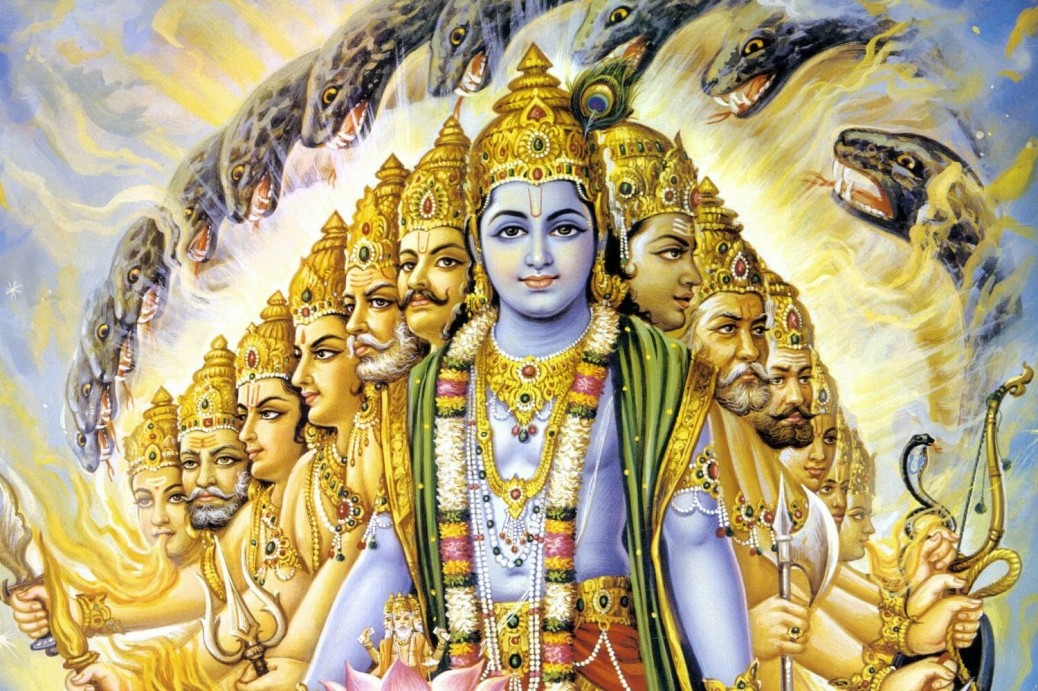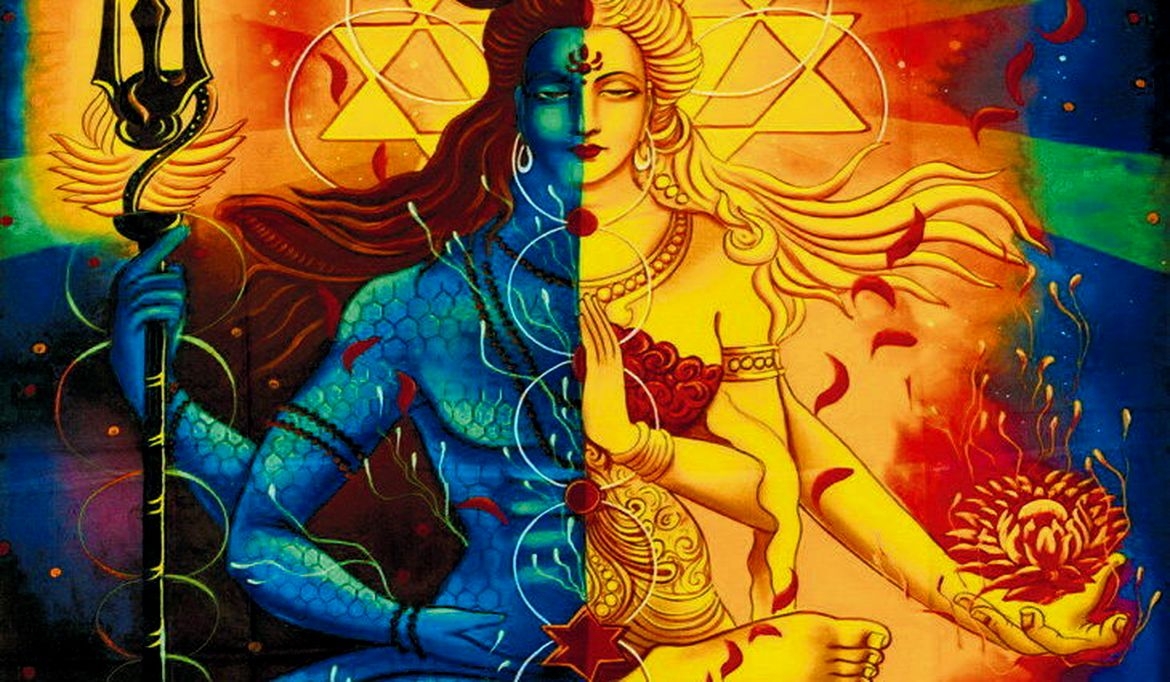Above All, Don’t Wobble – In Gita Verse 18.1 Arjun said: O mighty-armed Krishna, I wish to understand the nature of sanyās (renunciation of actions) and tyāg (renunciation of desire for the fruits of actions). O Hrishikesh, I also wish to know the distinction between the two, O Keshini Sudan.
In Bhagavad Gita Verse 18.1, Arjuna addresses Krishna with profound reverence, referring to Him as “O mighty-armed one, O Hrishikesh, O Vasudev.” This repetition underscores Arjuna’s earnest plea, confident in Krishna’s wisdom to provide the appropriate guidance. The heart, unlike the mind, remains steadfast in its faith. Arjuna inquires, “O mighty-armed Krishna, I wish to understand the nature of sanyās (renunciation of actions) and tyāg (renunciation of the desire for the fruits of actions). O Hrishikesh, I also wish to know the distinction between the two, O Keshini Sudan.”
Arjuna’s request highlights his confusion regarding these intricate and nuanced principles. The concepts of renunciation and salvation are inherently subtle and complex, often leading to varied interpretations and understandings among scholars and practitioners. This diversity of perspectives has contributed to a significant degree of ambiguity and uncertainty in comprehending these spiritual doctrines.
Renunciation, or sanyās, traditionally refers to the complete abandonment of all actions, signifying a life dedicated to spiritual pursuits devoid of worldly responsibilities. Conversely, tyāg emphasises the renunciation of attachment to the outcomes of one’s actions, allowing individuals to perform their duties without being influenced by the desire for rewards.
Krishna has never advocated for the abandonment of life. This prompts Arjuna’s logical mind to question the method of renunciation. Renouncing life is an act of cowardice and does not lead to significant transformation. The world continues its cycle, and those who renounce it miss the opportunity to test their growth.
There is no necessity to renounce the world. It is paradoxical that those who deem the world illusory insist on renouncing it. If the world is indeed an illusion, what is there to renounce? Renouncing an illusion is meaningless. No one renounces their dreams upon waking, as they are inherently unreal. Similarly, mystics who label the world as unreal yet advocate for renunciation are driven by a fear that their sensory experiences contradict their meditative insights. This creates a dilemma, and to resolve it, they label one aspect as illusory and escape from it to achieve inner peace.
Renunciation, therefore, is not the solution. Embrace life, accept and enjoy whatever happens without forcing anything. If you feel like talking, talk; if you feel like being silent, be silent. Follow your natural inclinations without imposing any force, as forcing creates internal division and conflict.
Humanity has become almost schizophrenic due to the constant imposition of force. The part that desires to laugh and the part that suppresses it become separate, leading to internal conflict. This division creates a rift that can widen over time. The challenge lies in bridging this rift and preventing its formation.
Zen philosophy offers a profound insight: “Sitting, just sit; walking, just walk; above all, don’t wobble.” Whatever you do, do it wholeheartedly and without effort. If you enjoy walking, walk; if you feel the urge to sit, sit immediately. Do not take a single step against your will. This dragging oneself creates the ego, the manipulator.
A person who acts with totality does not escape or renounce anything. They live in harmony with existence. A life oriented towards love and totality, which is the essence of a religious life, is not a struggle but a communion. It fosters a deep sense of friendliness and unity with nature.
In conclusion, Arjuna’s final inquiry seeks to understand the true nature of renunciation and salvation. It is through living fully and with totality that one achieves true renunciation and salvation, not by escaping or renouncing the world.
Tags: Above All Don’t Wobble




